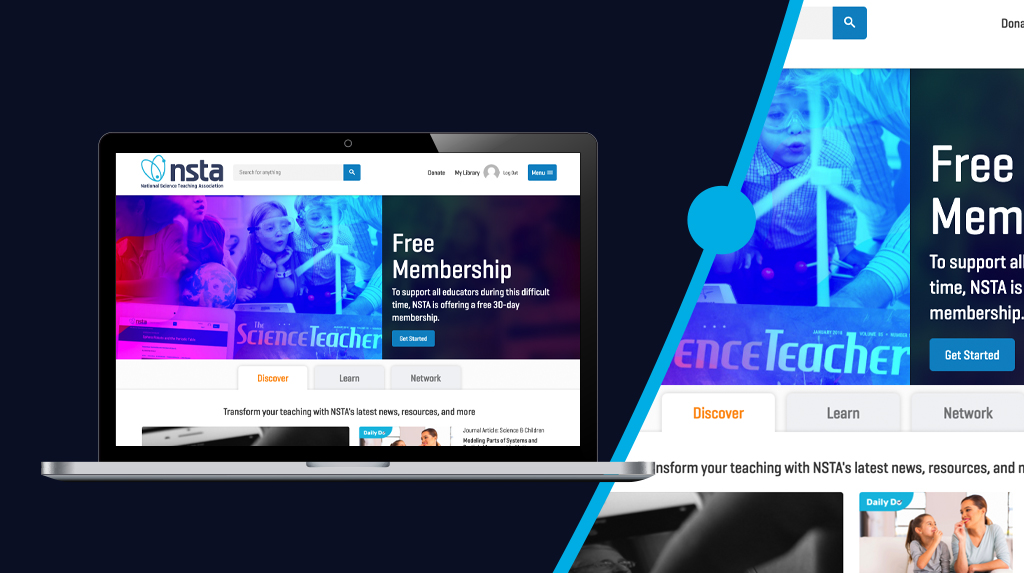Brief
STEM Teaching Support During COVID-19
If you’ve visited the NSTA website recently, you may have noticed a few changes.
When we unveiled our new name last year (moving from the National Science Teachers Association to the National Science Teaching Association) and our logo refresh in January, we knew we would need to update our home on the web. But the new NSTA site is more than just a pretty face—in these unprecedented times, our goal is to make it easier than ever for STEM (science, technology, engineering, and math) educators to find what they need to deliver quality learning experiences to students. Whether you’re a classroom teacher, a museum educator, an afterschool program manager, or none of the above, if you teach STEM, NSTA is here to support you.
The following resources may be especially useful to you as you provide distance learning during the COVID-19 crisis:
- Free 30-day NSTA membership: For the duration of the pandemic crisis, NSTA is providing new and existing members with 30 days of free membership. Existing members who sign up will have an additional 30 days added to the end of their current membership.
- NSTA Daily Do: The Daily Do provides educators and parents with activities that engage students in sensemaking: figuring out how the world works (science) or how to design solutions to problems (engineering). These tasks help students feel that they are still part of a learning community—however distant those community members may be—and allow students to share and evaluate ideas, give and receive feedback, and reach consensus.
- #LearningTogether: Do you have a question about best practices for distance learning? Or advice on how to improve remote teaching? The #LearningTogether webpage allows STEM educators to exchange helpful resources with each other. You can also use the #LearningTogether hashtag on social media to post or discover new ideas. Many of us have had to make quick transitions to distance learning, so don’t be afraid to ask your colleagues for their help and expertise!
- Interactive eBooks+: NSTA’s beautiful, interactive eBooks+ help readers learn through animations, simulations, and videos, as well as pop-up review questions and special notes. Each eBook+ features a student edition and a professional edition for educators. The full eBooks+ collection is currently available for free.
- NSTA Blog: The always-free NSTA Blog continues to keep educators updated with news, teaching tips, and posts from fellow teachers, which we hope will help you feel less alone in our current situation. Recently, we even posted a lesson plan on how to help students separate fact from “fake news” related to the novel coronavirus.
- Crowdsourced online teaching resources: This NSTA Learning Center collection features websites—all suggested by educators like you—to help you teach remotely. Be sure to browse other Learning Center collections for even more useful resources.
NSTA might look a little different these days, but our goal is still the same: to promote excellence and innovation in science teaching and learning for all. Despite the current difficulties we are all facing, NSTA believes that STEM educators can still provide high-quality learning experiences for students, and we hope our new website and resources will make it easier for all teachers—in-school or out-of-school—to do so.
Kate Lu Sedor is managing editor of Connected Science Learning.
Teacher Preparation Informal Education



